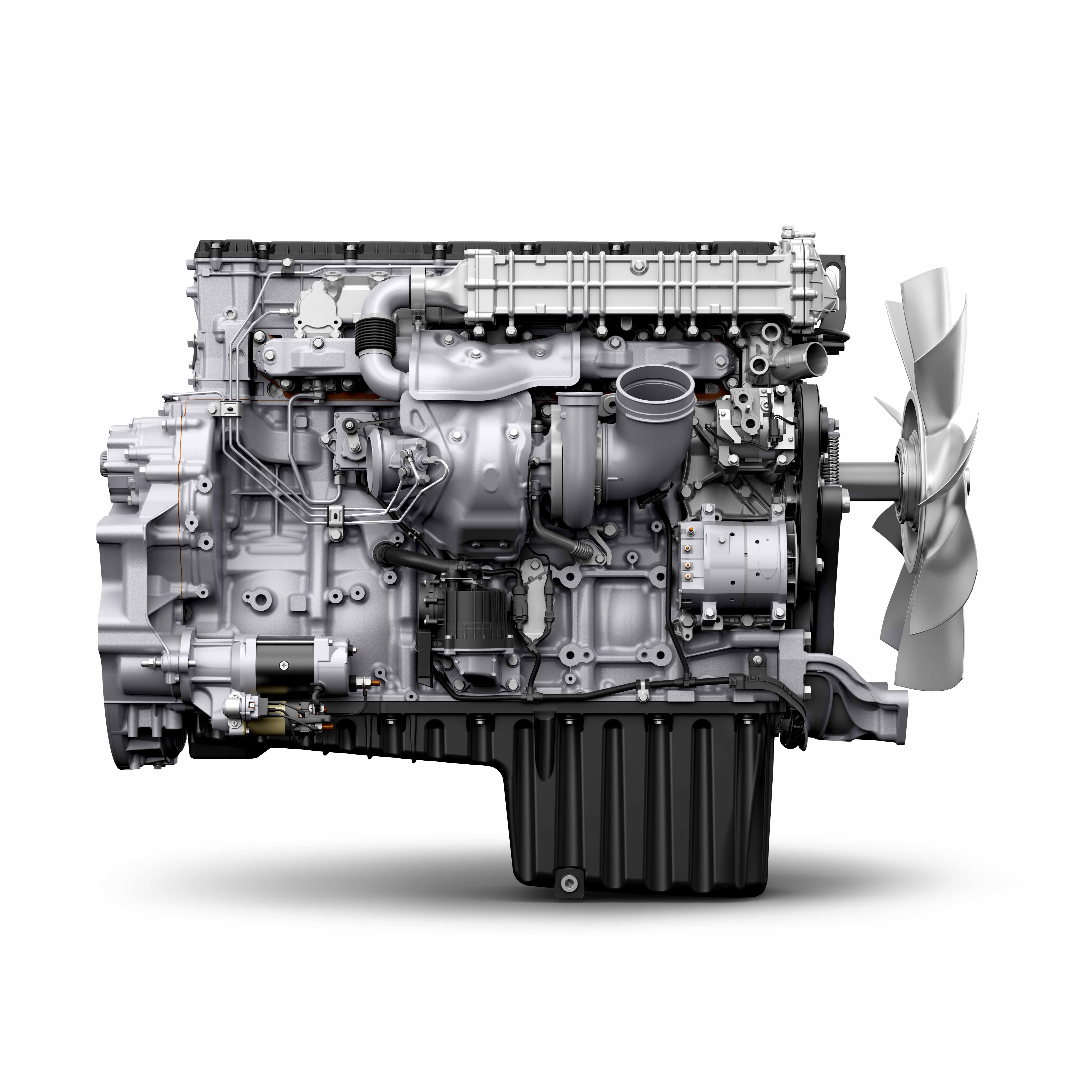

In 9th, the sweet spot is roughly 52 MPH or roughly 1350 RPM.

The truck only runs 1100 RPM in 10th at 55 MPH, or roughly 1250 at 62 the way my company configured it. How are you determining your mileage? If you're just relying on the sentinel it might be 0.5 to 1 MPG off so track your mileage on paper or using an app such as Fuel Gauges by Kevin Rutherford (). Lane Scott, Which rear end ratio do you have? Do you have a lot of chrome or accessories on the exterior? Are you running in crosswind or up steep hills under loads? What temperature are you running in typically? (in the summer I expect a slight drop caused by loads from the air conditioner, and you posted in what is the last part of summer). Be safe, and try seeing what your fuel, oil and DEF consumption are on paper. I'm sure other states sometimes get similar conditions, especially in mountainous or wide open areas. Routing decisions not only affect fuel mileage but can also mean life or death in the winter and early spring in Illinois. In the winter, Illinois sometimes gets winds up to 70 MPH along with the snow and ice. It's too bad some companies dictate routing to destinations because sometimes going south or routing around a storm IS the best option to help the fuel mileage. Time and HOS are often factors when I run. The warmer the temperature, the better the fuel mileage should get up until the outside temperature gets to roughly 75 degrees, at which point air conditioning loads might cause a drop. I get 6 MPG under heavy loads in zero degree temperatures and roughly 7s in temperatures of 30 to 50 degrees. We aren’t telling you how fast you should drive, but if you want to save on fuel - finding that sweet spot can leave a sweet amount of savings in your checking account.Ĭlick here for the Team Run Smart Webinar on Driving for Fuel Efficiency! You can contact your dealer to find the specifics for your engine and where your engine’s sweet spot is. Even though the RPM varies, we consistently found somewhere between 1250 - 1350 RPM is the magic number. The number not to exceed is 1500 RPM. Your dealer states peak horsepower and peak torque at specific RPM for each engine. Why work harder and waste the energy if you don’t have to? If you were to pedal at the same speed, you would have to work much harder to get up and over the hill. If you see a hill, you’re going to start pedaling faster – you have to get the momentum going to get up the other side easily. One way is to think of it as if you’re riding a bike. It will prevent you from shifting gears to get up the hill, using more horsepower.

If you know there’s a hill ahead, gain speed before you climb it. Torque helps sustain speed when towing or maxing out your vehicle’s cargo capacity-especially in maintaining speed going up hills. When you pull with horsepower you use more energy, and therefore burn more fuel to pull your load. The trick is pulling your load with torque and not horsepower, and using the energy in the right way. And with fuel costs consistently ranking as driver’s number one expense, the best way to save money on fuel costs is to find the sweet spot where your engine runs. Getting the best fuel mileage means finding the sweet spot – the best RPM to run your engine so it’s the most efficient. We know you’ve heard this time and again, slow down to get better fuel mileage, but it’s not that simple.


 0 kommentar(er)
0 kommentar(er)
